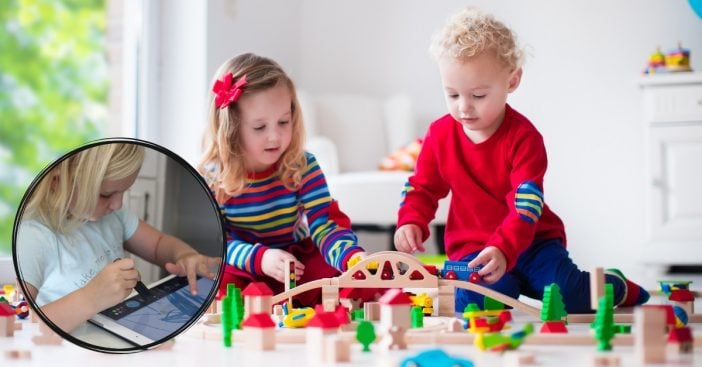
Attention parents and grandparents! A recent study has shown that it’s better for your little ones to have fewer toys, so you might not want to run to your nearest toy store just yet. According to the Infant Behavior and Development Journal, an environment with fewer toys is better for kids and this is why.
Researchers studied groups of toddlers and gave the groups either four toys or sixteen toys. According to the study, kids who were given fewer toys focused more, were more engaged, played creatively, and interacted with their toys in a variety of innovative ways for longer periods of time. Essentially, less chaos of a massive amount of toys equaled more focus in the toddler’s upbringing.
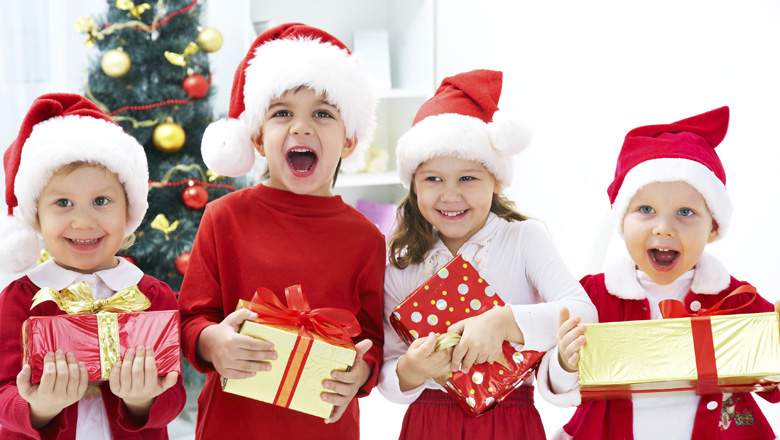
The American Academy of Pediatrics has reported that certain types of toys are better than others and the simpler ones tend to be the best for children’s upbringing. Apparently, the best toys for them to play with are the non-electronic ones with no screens or apps (meaning you shouldn’t just pop an iPhone or iPad in front of their face and call it a day)!
Alan Mendelsohn, MD, FAAP, made a statement in the AAP, saying, “The best toys are those that support parents and children playing, pretending, and interacting together… You just don’t reap the same rewards from a tablet or screen. And when children play with parents — the real magic happens, whether they are pretending with toy characters or building blocks or puzzles together.”
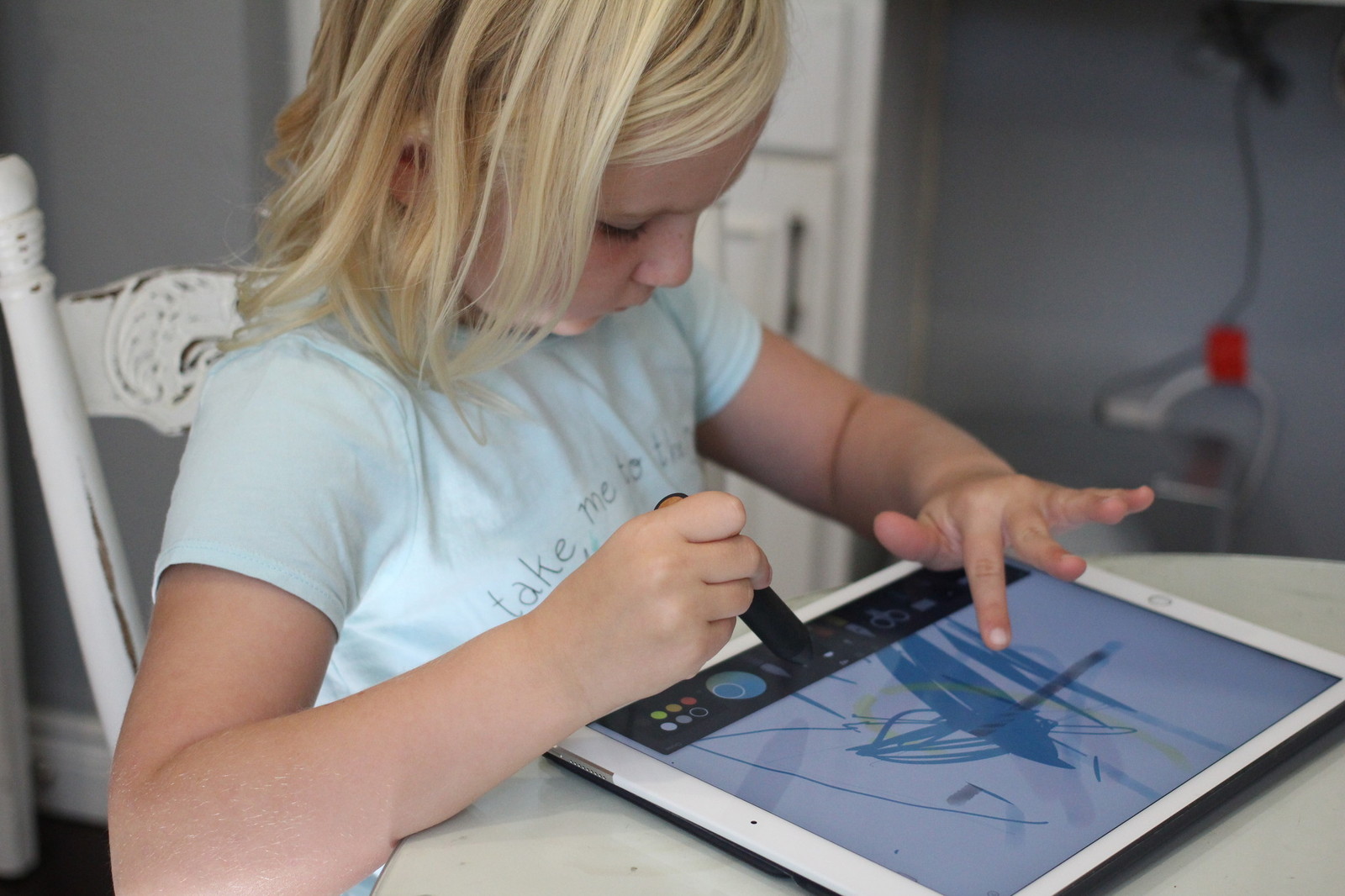
Now, of course, it can be hard to get the whole family on board with giving fewer toys to the baby of the family. How exactly do you get everyone on board?
Professionals that spoke with Good Housekeeping provided some expert advice on how to deal with family members giving a little too much this Christmas season when you really would like to cut back per your child’s benefit.
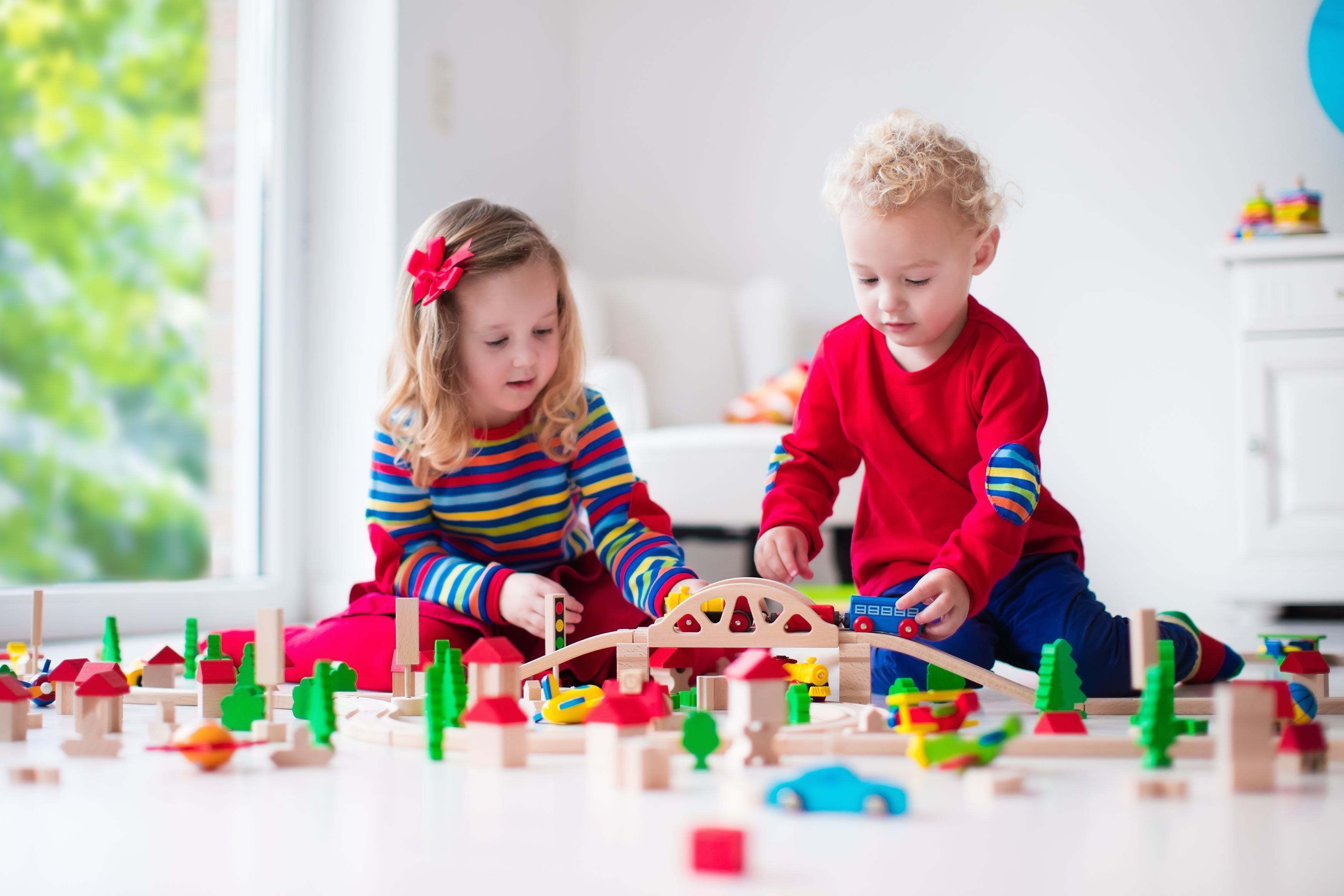
The professionals have stated that their best tips are as follows:
- Clear some space. Get rid of old toys to make room for any potential new ones so your child isn’t surrounded by mountains of toys. Perhaps donate them to those who are less fortunate and show your child where the toys are going and who they could be helping out.
- Don’t keep everything. This coincides with the previous tip. Your toddler may throw a tantrum but they will move on and get over it. Katie Hurley, LCSW, says, “Too many toys can feel chaotic. A simple explanation, ‘We have more than we need right now; we can save some and share some and still have plenty of fun toys to use,’ goes a long way toward helping kids learn an important message: It really is the thought that counts.”
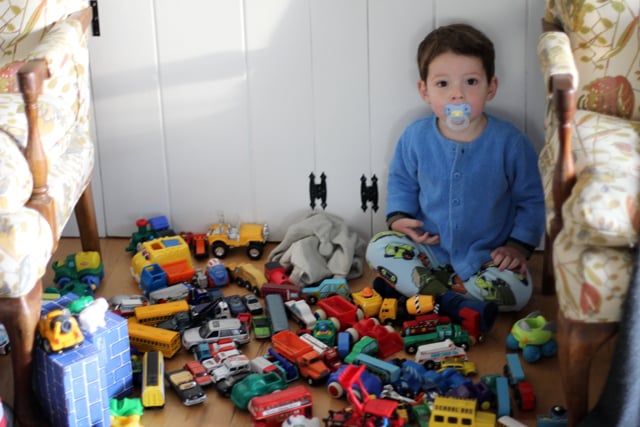
- Ask for non-tangible things. Instead of a video game or another doll set, ask for a subscription or membership to something they can participate in for the experience. “We know experiences are more gratifying than objects, so it can be much more meaningful than adding more toys to the pile,” says Emily Edlynn, Ph.D.
- Try to convince your relatives to take your child out instead of keeping them in with toys. Perhaps sledding or out to eat!
- Don’t sweat the small stuff. If your relatives continue to get you more toys for your child, pack them away for a rainy day. “What often works is asking a child which toys she wants to play with now and which ones she wants for later,” Dr. Newman recommends.

Be sure to SHARE this article with your friends and family! You never know who might be wanting fewer toys in hopes of benefitting their child’s upbringing.
